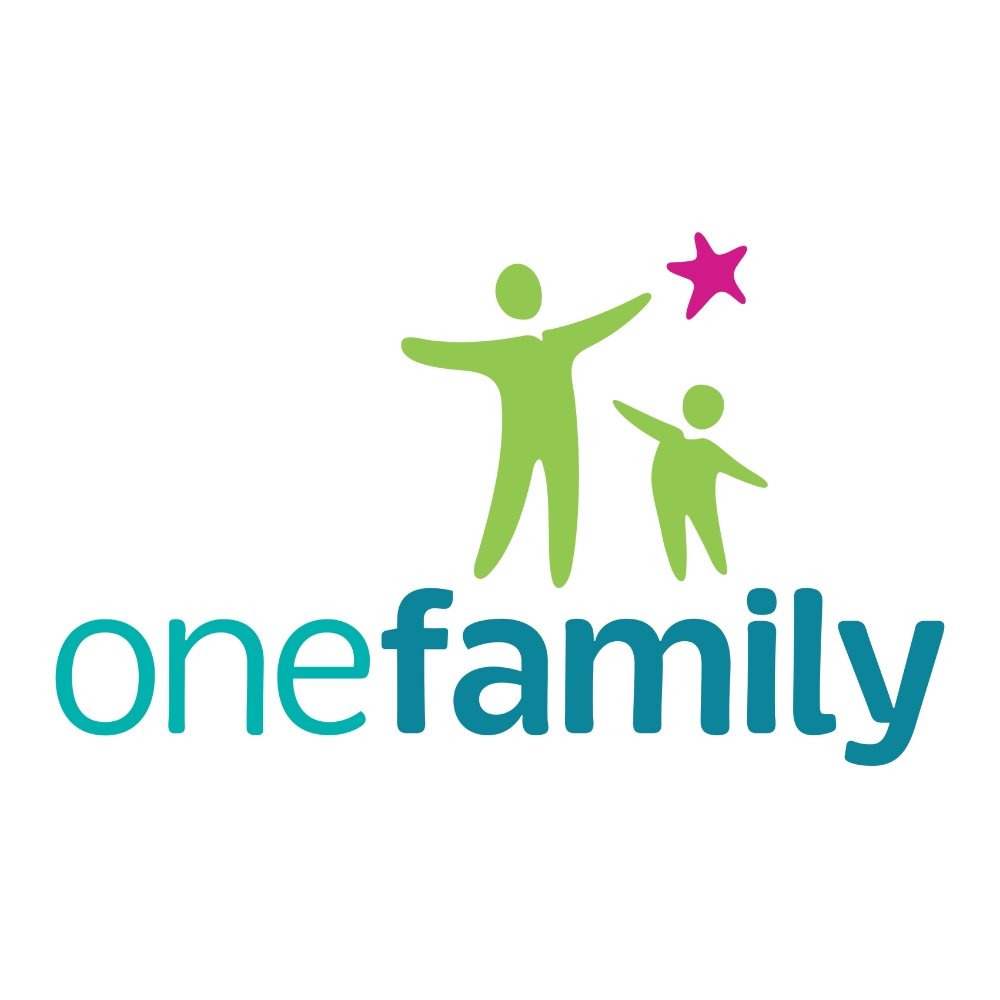Archive for year: 2020
Webinar: Building a Family Law System for Families – recording now available
Thank you to everyone who was able to join our webinar on Building a Family Law System for Families. The panel was chaired by One Family CEO Karen Kiernan with panellists including Deputy Secretary General, Department Justice & Equality, Oonagh Buckley, former CEO of the Children and Family Court Advisory and Support Service in England […]
Ireland remains decades behind neighbours in private family law services
Courts should be last resort for separating families One Family CEO, Karen Kiernan, has said, Ireland is decades behind the rest of Europe in supporting families and protecting children who use the family law system. Ms Kiernan’s comments come ahead of a free seminar of leading Irish and international experts on Family Law this Thursday, […]
Single Parents Day
Tomorrow March 21 is #SingleParentsDay This year, One Family is joining with Gingerbread, One Parent Families Scotland and Parenting NI to celebrate one-parent families across social media. We’d love your help in spreading the word and sharing the message that single parents are valued and invaluable. Single parent families make up 25% of all families […]
POLICIES
LOCATION
COMPANY
Cherish CLG t/a One Family
8 Coke Lane, Dublin, D07 EN2Y
CRO: 45364
RCN: 20012212
CHY: 6525
01 662 9212
info@onefamily.ie
